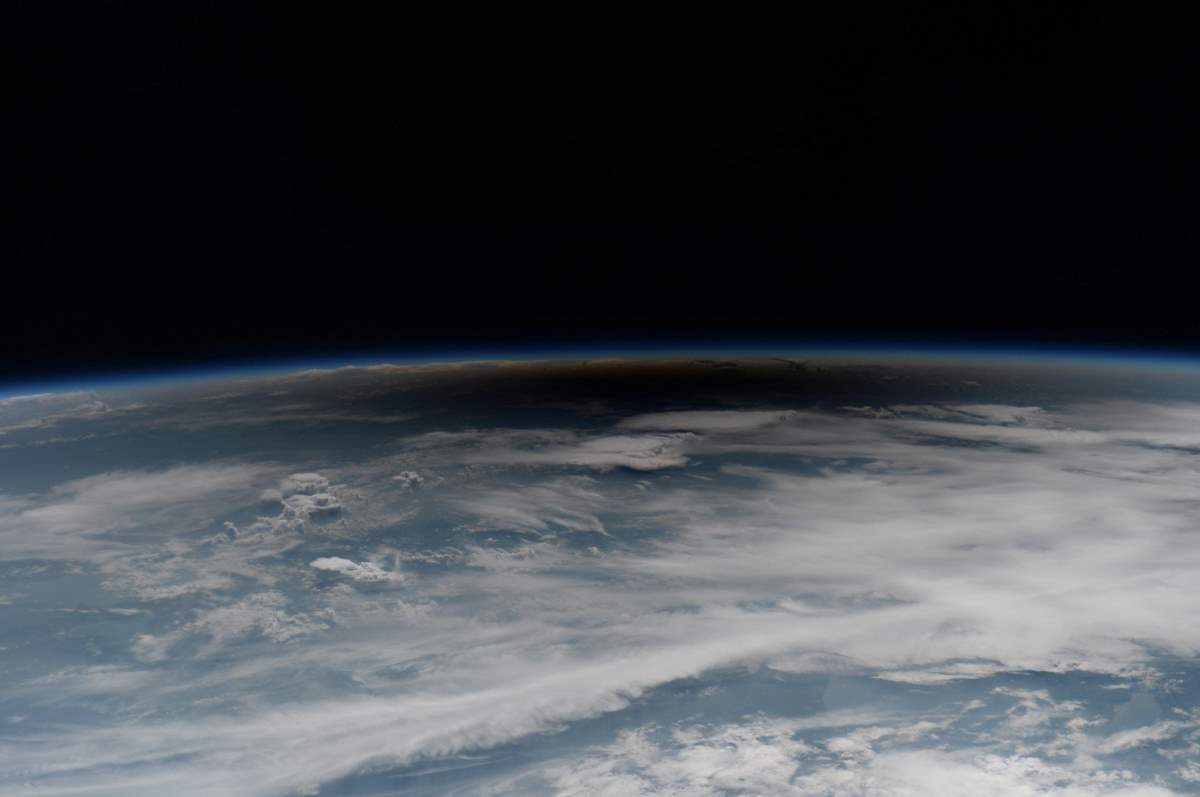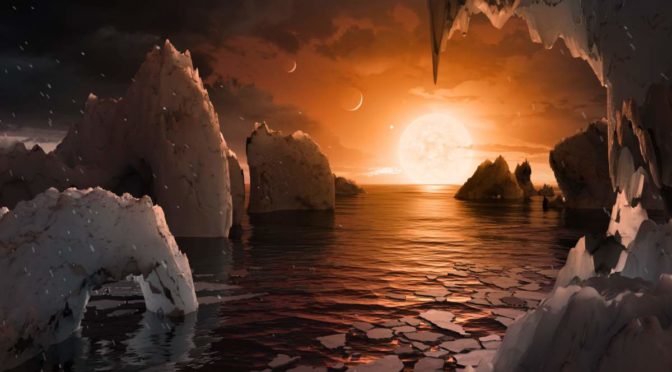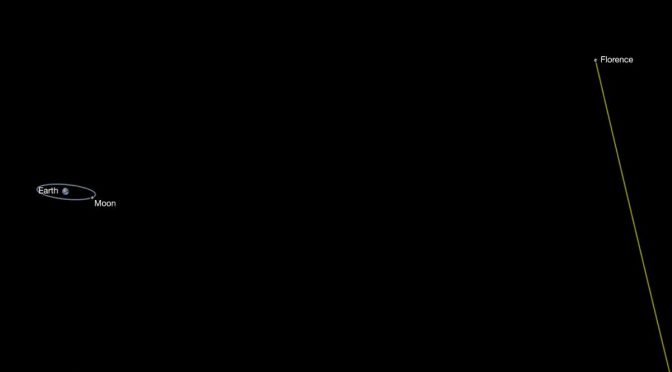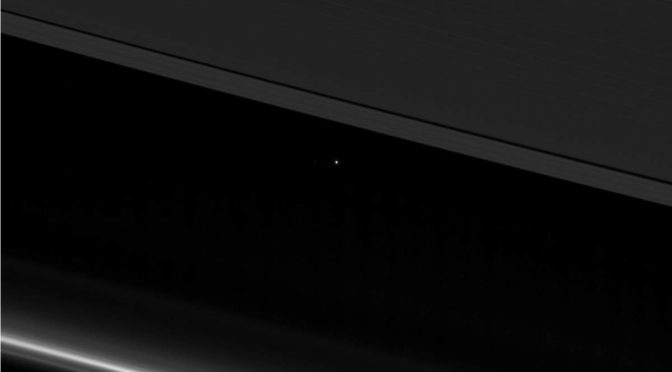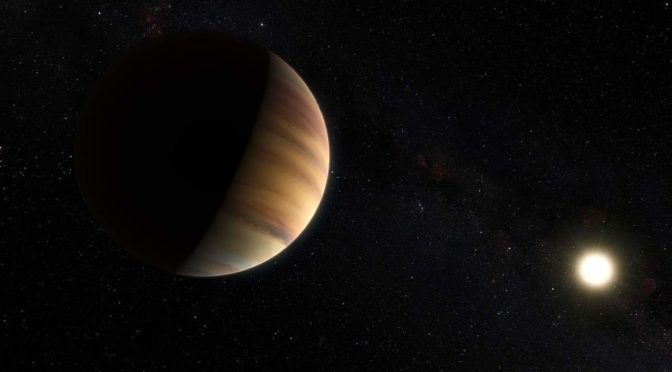On Monday, August 21, an estimated 2 million to 7.4 million Americans traveled to see the first total solar eclipse in 99 years to go coast to coast in the United States, which went from Lincoln Beach, Oregon, to Charleston, South Carolina. But, some of them were unlucky, as the weather was overcast in some places. But, …
Continue reading “Total Solar Eclipse 2017 Images From Space [plus videos]”
